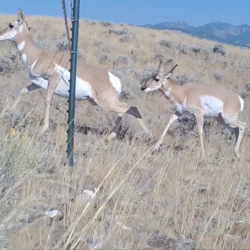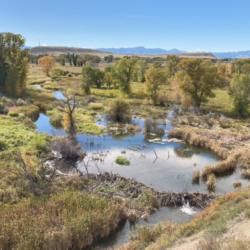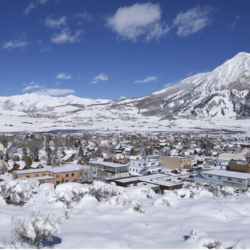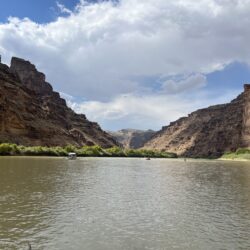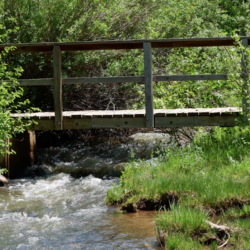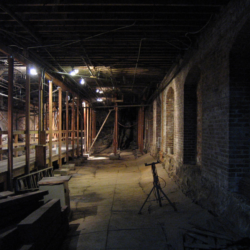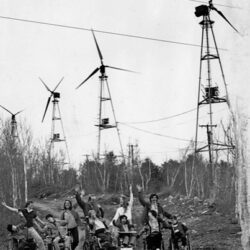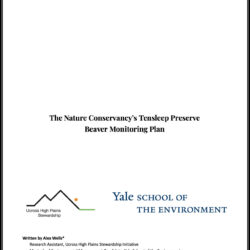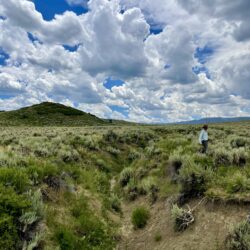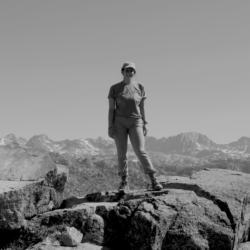The kindness of strangers in the remote open prairies—Isabella Goodman
The northern great plains aren’t the most social space, they aren’t your typical eco-tourism destination, and the vast endless wide-open space doesn’t necessarily cultivate a lot of human-to-human interactions. We sometimes go hours without seeing another car. This became apparent at the first site of my field work campaign. I am driving from southern Saskatchewan Read more about The kindness of strangers in the remote open prairies—Isabella Goodman[…]



